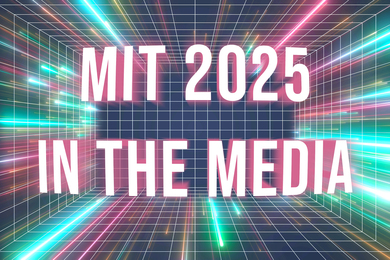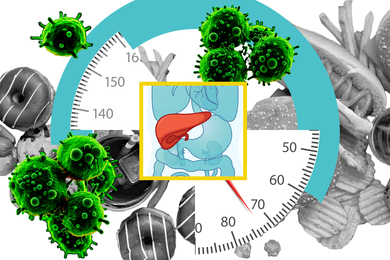MIT, praised by Standard & Poor's for its "conservative management practices and very low debt," has joined a tiny group of 12 companies and six other universities whose bonds are rated Triple A.
Standard & Poor's, announcing the decision Tuesday, said that it was "the only rating upgrade to triple A in that (education) sector for almost a decade."
The upgrade is on $123.5 million of MIT bonds issued by the Massachusetts Health and Educational Facilities Authority.
Standard & Poor's commented that "the upgrade is supported by
- ������������������The university's maintenance of overwhelming demand, excellent student quality, and increasingly competitive admissions;
- MIT's continuing role as a preeminent research institution;
- Continued growth of already impressive financial resources;
- ������������������Conservative management practices; and
- ������������������Very low debt."
The Standard & Poor's statement said, "MIT's role as one of the nation's preeminent research institutions remains intact. Despite a tough market for university-based research over the past five years, on-campus research volume is up 15 percent since 1992. MIT remains conservative in its use of debt and derivatives compared to many of its competitors. Total debt outstanding is only $200 million, and maximum annual debt service is very low at 2.4 percent of 1995's operating budget."
The statement added, "MIT completed a moderate amount of construction in 1995, yet has many projects slated for the future. Nonetheless, actual deferred maintenance is minor and the campus is in good shape."
Standard & Poor's reported that only seven universities and 12 companies have a Triple A rating. The companies are Abbott Labs, Amoco, Bristol Myers Squibb, Exxon, General Electric, Johnson & Johnson, Kellogg (cereal), Merck, Minnesota Mining and Manufacturing, Pfizer, Shell and United Parcel Service. The universities are Caltech, Harvard, MIT, Princeton, Rockefeller, Stanford and Yale.
A version of this article appeared in MIT Tech Talk on May 1, 1996.





